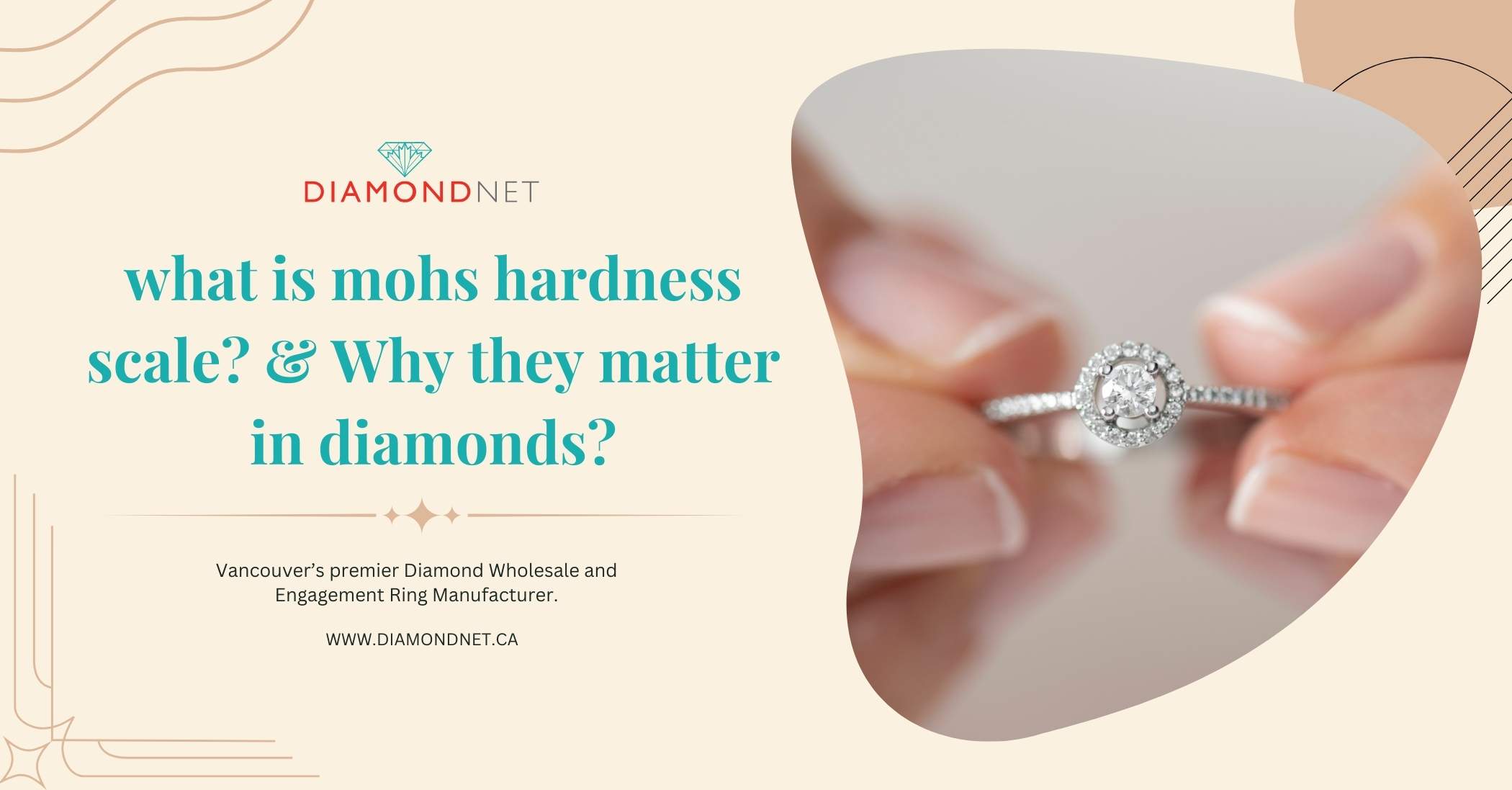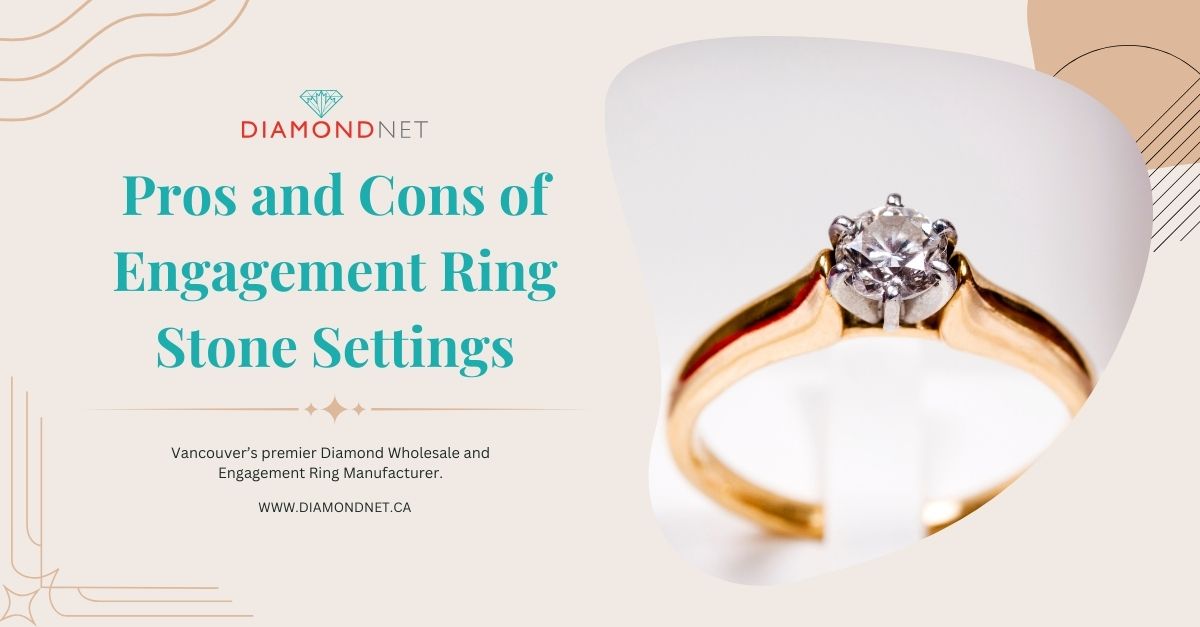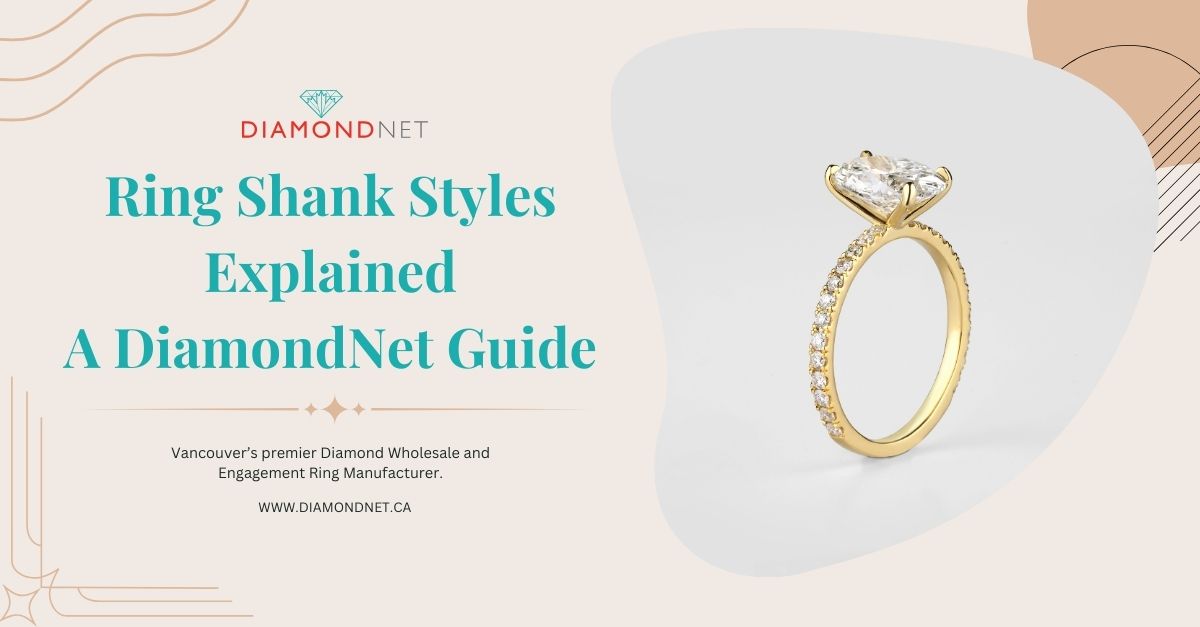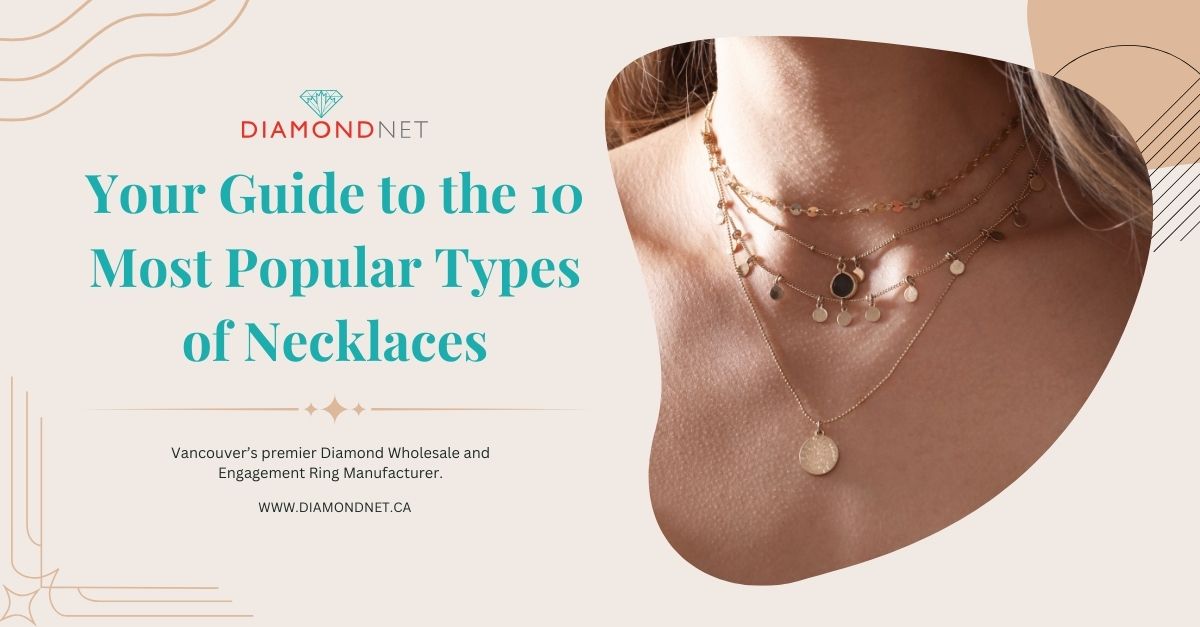The Mohs hardness scale is a cornerstone of mineralogy and gemology, helping assess the durability and wear resistance of gemstones. This blog explores the Mohs scale, its significance, and practical tips for buying and caring for diamond jewellery.
What is the Mohs scale, and why is it important?
The Mohs hardness scale, developed by German mineralogist Friedrich Mohs in 1812, measures the relative hardness of minerals by their ability to scratch softer substances. Ranked from 1 to 10, the scale ranges from talc—the softest mineral, easily scratched by all others—to diamond, the hardest natural material, capable of scratching any other substance.
This scale is essential for understanding gemstone durability, particularly for jewellery subject to daily wear, such as engagement rings. Knowing that diamonds rank at 10 on the Mohs scale assures buyers they are selecting the hardest, most scratch-resistant gemstone available, ensuring longevity and resilience in their jewellery.
Why are diamonds the hardest substance?
Diamonds achieve a perfect score of 10 on the Mohs hardness scale due to their unique crystal structure. Each carbon atom bonds with four others in a tetrahedral arrangement, forming an incredibly strong lattice. This unparalleled structure explains their exceptional durability and resistance to scratching.
This remarkable hardness makes diamonds ideal for engagement rings and jewellery that withstand daily wear. Their durability also finds use in industrial applications like cutting, grinding, and drilling, where strength is critical.
Comparing Diamond Hardness to Other Gemstones
Understanding where diamonds stand on the Mohs scale compared to other gemstones helps buyers make informed choices. Below is a comparison chart:
|
Hardness of Popular Gemstones |
||
|
Gemstone |
Mohs Hardness |
Observations on the minerals |
| Talc | 1 | Very easily scratched by fingernail; greasy feel. |
| Gypsum | 2 | Can be scratched by fingernail. |
| Calcite | 3 | Easily scratched with a knife or copper coin. |
| Fluorite | 4 | Scratched with a knife less easily than calcite. |
| Apatite | 5 | Scratched with a knife with difficulty. |
| Orthoclase Feldspar | 6 | Cannot be scratched with a knife; scratches glass with difficulty. |
| Quartz | 7 | Easily scratches glass. |
| Topaz | 8 | Scratches glass very easily. |
| Emerald | 7.5-8 | Cannot be scratched with a knife; requires care. |
| Cubic Zirconia (CZ) | 8-8.5 | Scratches glass easily; less durable than diamonds or sapphires. |
| Sapphire/Ruby (Corundum) | 9 | Highly durable; suitable for everyday wear. |
| Moissanite | 9.25 | Nearly as hard as diamond; highly durable. |
| Diamond | 10 | The hardest substance; used as a glass cutter. |
What this comparison shows:
- Moissanite: Almost as hard as diamonds, making it an excellent option for durability.
- Sapphire and Ruby (Corundum): With a hardness of 9, they are highly durable for everyday use.
- Emerald: Ranging between 7.5 and 8, emeralds are relatively durable but require extra care due to their inclusions.
- Cubic Zirconia (CZ): With a hardness of 8-8.5, CZ is a durable and affordable alternative to diamonds, though less durable than sapphire or ruby.
How does hardness affect diamond care?
The exceptional hardness of diamonds plays a key role in their care and maintenance, but it doesn’t make them indestructible. Here are practical tips for diamond owners:
- Scratch Resistance: Diamonds are highly scratch-resistant, making them ideal for daily wear. However, they can still scratch other diamonds, so store diamond jewellery separately to avoid damage.
- Cleaning: Despite their hardness, diamonds easily attract grease and dirt, which can dull their brilliance. Regular cleaning with a mild detergent and a soft brush helps maintain their sparkle.
- Impact Resistance: While diamonds are hard, they are not immune to chipping or fracturing if struck with significant force. Handle them with care, especially during activities that might expose them to impact.
Practical Buying and Care Tips
Understanding the Mohs hardness scale can help you make informed decisions when purchasing and maintaining diamonds and other gemstones. Here’s how:
Durability Matters
When selecting an engagement ring or daily wear jewellery, diamonds are an excellent choice due to their unrivalled hardness of 10 on the Mohs scale. Their resistance to scratches ensures lasting brilliance, even with frequent use.
Gemstone Hardness Comparison
For those considering alternative gemstones, compare their hardness on the Mohs scale to assess durability. Sapphires and rubies (corundum) rank at 9, offering high durability, while quartz, at 7, is better suited for occasional wear.
Setting and Protection
Softer gemstones, with lower rankings on the Mohs scale, require protective settings. Bezel settings, which encase the gemstone, provide better defense against scratches and knocks.
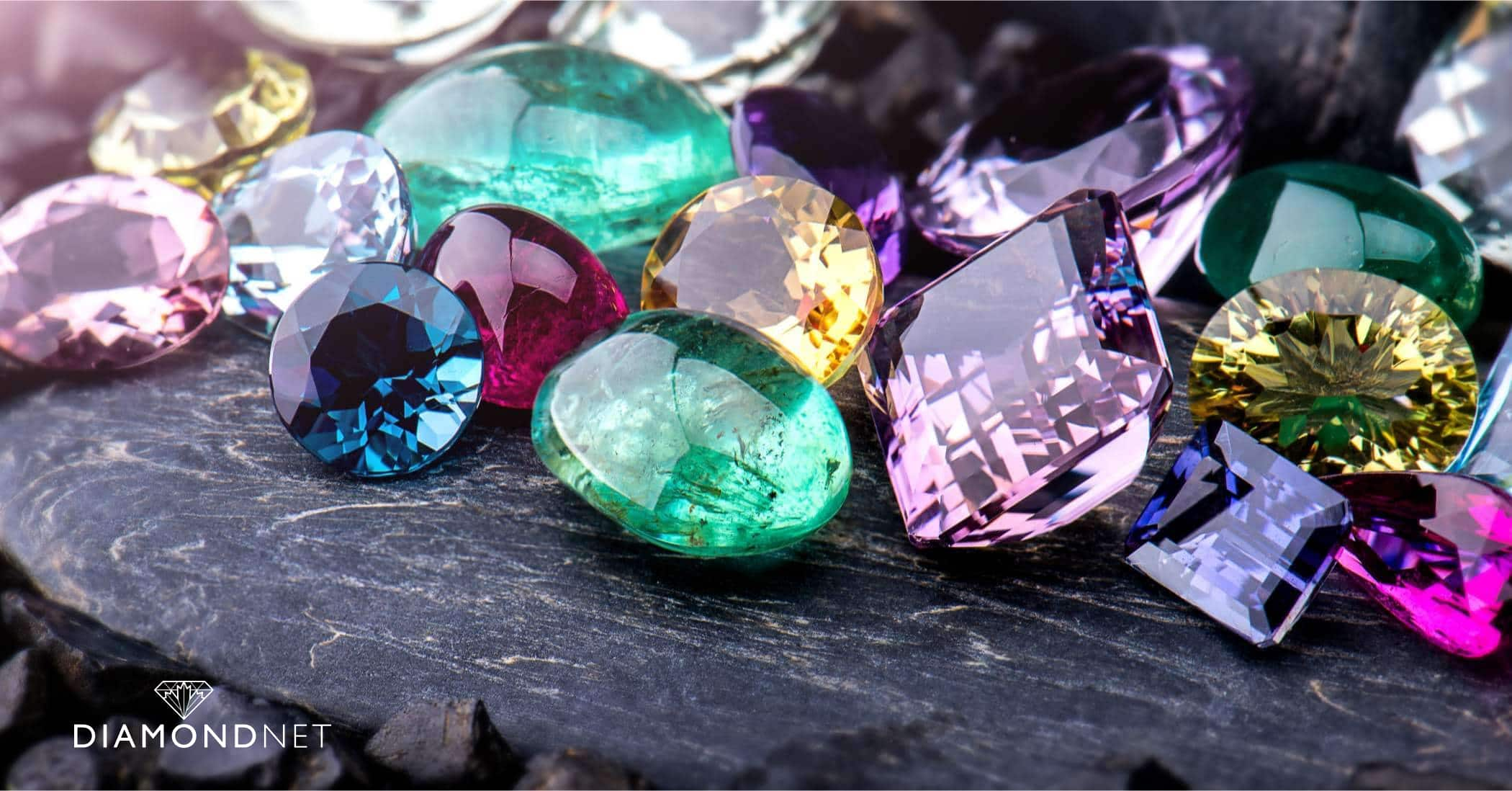
Investment Value
Harder gemstones like diamonds retain their value better over time due to their durability and resistance to damage, making them a wise investment.
Regular Cleaning
Dirt and grease can dull a diamond’s brilliance. Clean your diamond jewellery regularly with a mild detergent and a soft brush. Avoid harsh chemicals that could damage the setting.
Proper Storage
Store diamond jewellery separately from other gemstones to prevent scratches. Use soft cloth pouches or individual compartments in a jewellery box.
Safe Handling
Diamonds may be hard, but they can chip under significant force. Remove your jewellery during physical activities to avoid accidental impact.
Professional Maintenance
Have your diamond jewellery inspected regularly by a jeweller to ensure the settings remain secure and the gemstones undamaged. This is especially important for engagement rings and other daily wear pieces.
Avoid Exposure
Protect diamonds from extreme temperatures and harsh chemicals. Always remove them before swimming in chlorinated pools or using cleaning products.
What the Mohs Hardness Scale Can’t Tell You About a Gemstone’s Durability
While the Mohs hardness scale is an essential tool for evaluating scratch resistance, it does not provide a complete picture of a gemstone’s overall durability. Here are additional factors to consider:
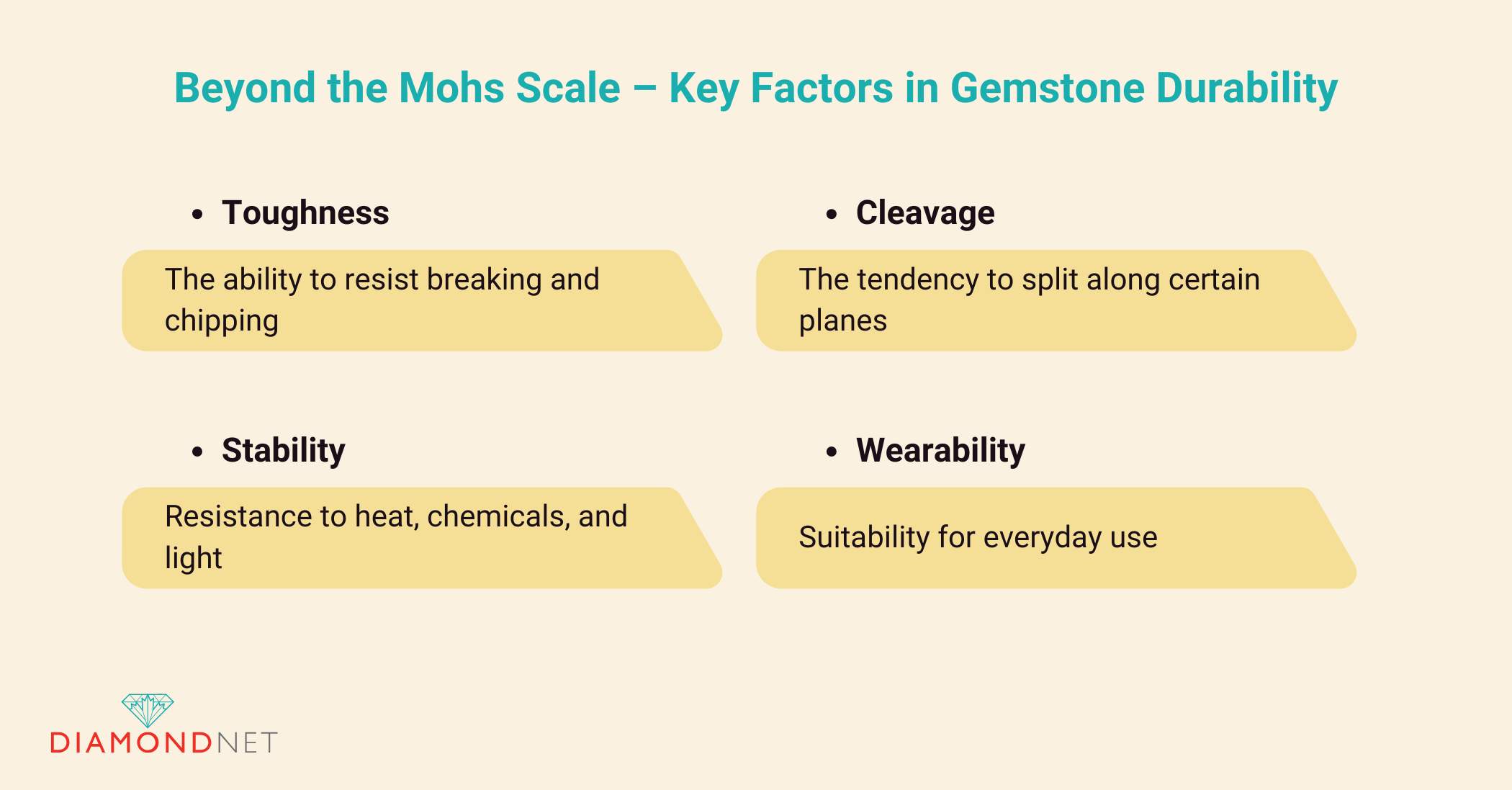
Toughness: The Ability to Resist Breaking and Chipping
Toughness measures a gemstone’s resistance to breaking, chipping, or cracking. Diamonds, despite their hardness, can chip or fracture if subjected to significant force.
- Jade: With a hardness of 6.5-7, jade is exceptionally tough and resistant to breaking.
- Emerald: Although harder (7.5-8), emeralds often have inclusions, making them more brittle and prone to chipping.
Cleavage: The Tendency to Split Along Specific Planes
Cleavage refers to a gemstone’s natural planes of weakness, which make it prone to splitting.
- Diamond: Despite its hardness, diamonds have perfect cleavage in four directions, making them susceptible to splitting if struck at certain angles.
- Topaz: With a hardness of 8, topaz has perfect cleavage in one direction, increasing its vulnerability to breaks.
Stability: Resistance to Heat, Chemicals, and Light
Stability evaluates a gemstone’s ability to withstand environmental stress without altering its appearance.
- Opal: Relatively soft (5.5-6.5), opals are sensitive to heat and sudden temperature changes, which can cause cracking.
- Turquoise: With a hardness of 5-6, turquoise is porous and prone to damage from chemicals and sunlight, leading to discoloration.
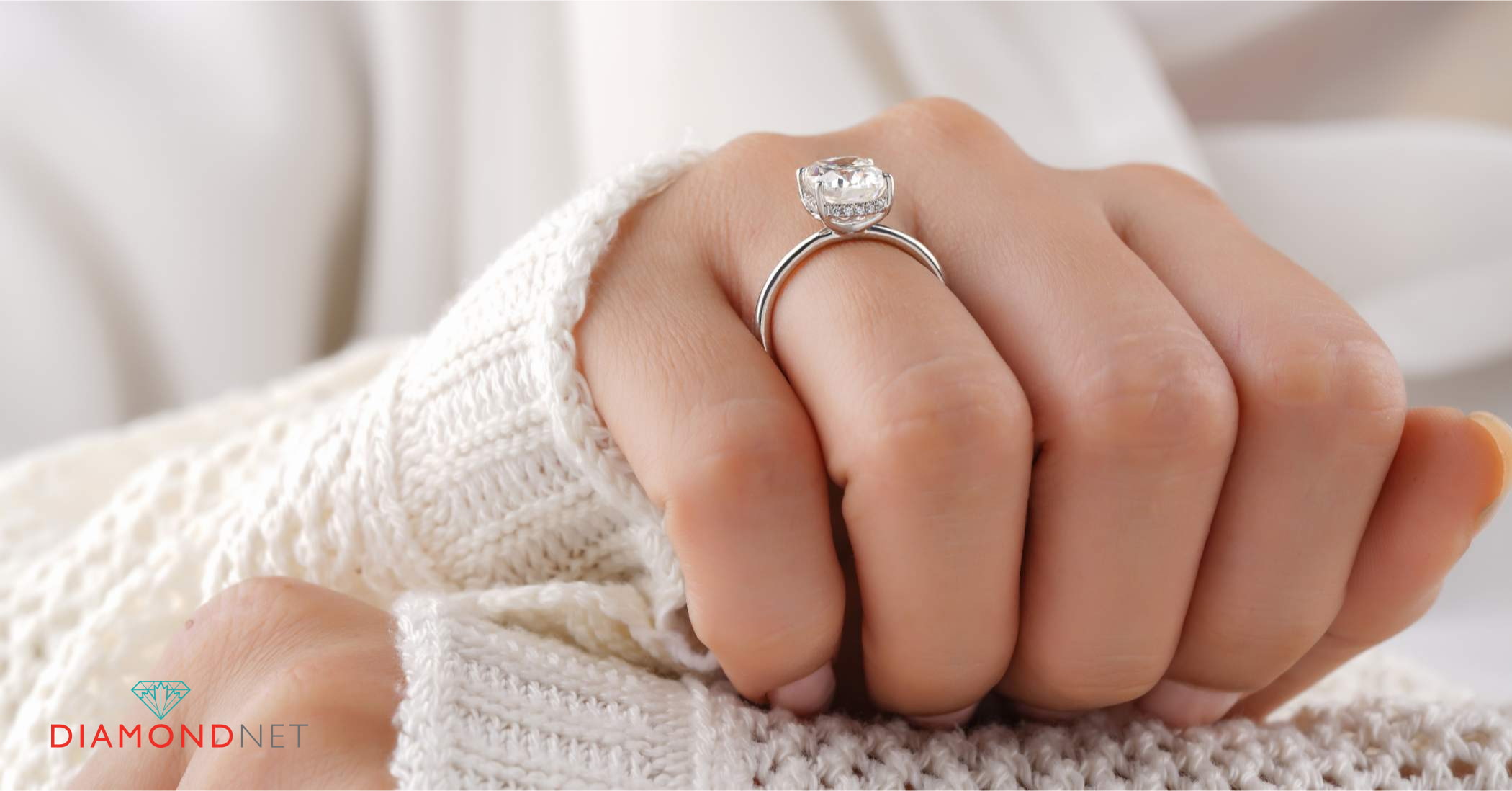
Wearability: Suitability for Everyday Use
Wearability combines factors like hardness, toughness, cleavage, and stability to assess a gemstone’s practicality for daily wear.
- Diamonds: Thanks to their hardness, diamonds are ideal for everyday use, though they still require proper care to avoid chipping.
- Pearls: With a low hardness of 2.5-4.5, pearls are easily scratched and damaged, making them unsuitable for regular wear.
Conclusion
The Mohs hardness scale is a valuable tool for understanding gemstone durability and making informed decisions about buying and caring for your jewellery. With diamonds ranking highest at 10, they stand as the most durable and scratch-resistant choice for engagement rings and other fine jewellery.
For expert guidance and an exceptional selection of diamonds and jewellery, visit DiamondNet. Our team is ready to help you find the perfect diamond to match your style and budget.
